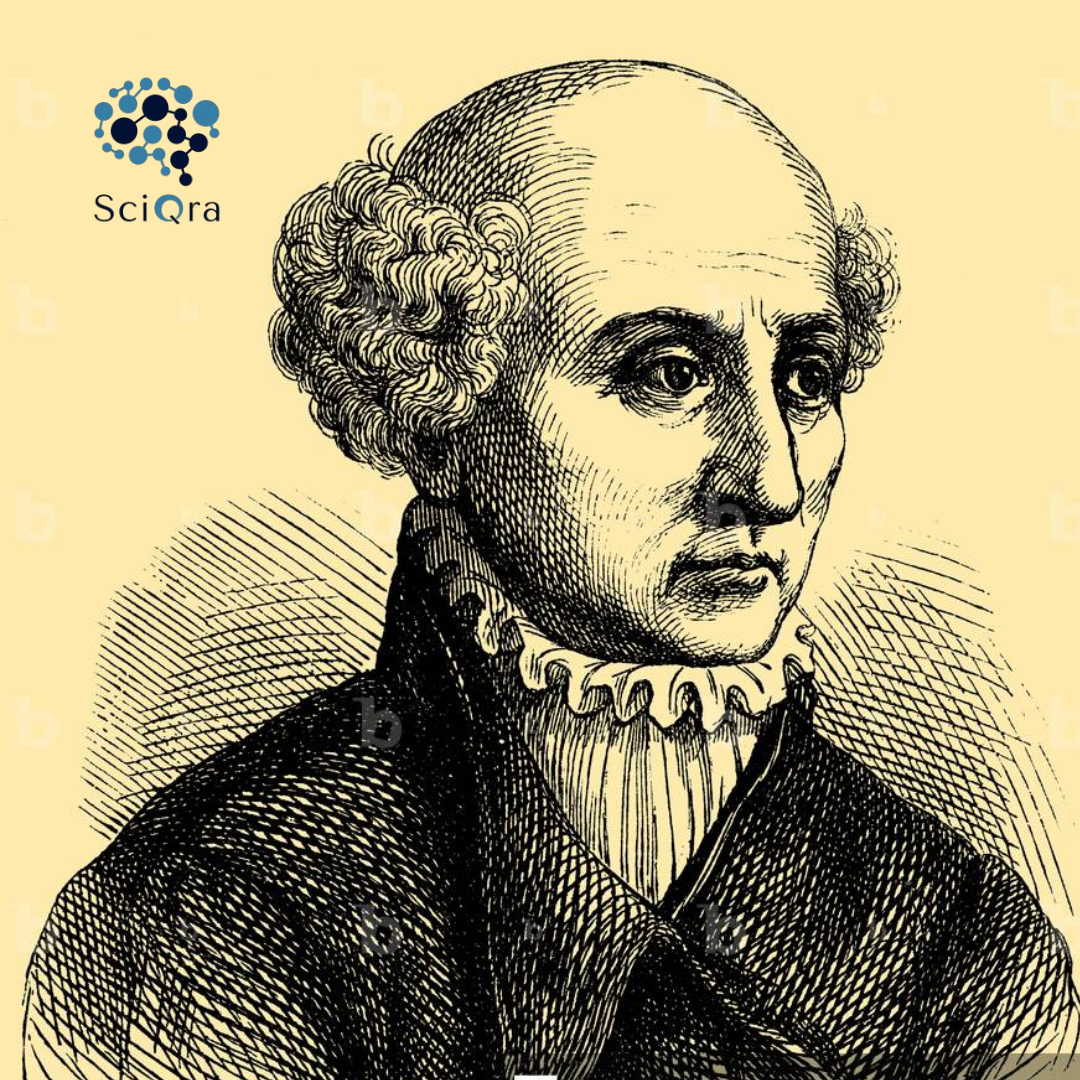
Paracelsus’ Legacy
“All things are poison, and nothing is without poison; only the dose makes a thing not a poison.” These words, penned by the rebellious 16th-century physician Paracelsus, laid the groundwork for modern toxicology. At SciQra, where cutting-edge toxicology research meets historical insights, we recognize Paracelsus as the original disruptor of medical dogma. This article explores his revolutionary ideas—from alchemical detoxification to occupational health—and their relevance today.
The Four Pillars of Medicine: A Blueprint for Holistic Healing
Paracelsus dismissed medieval medicine’s reliance on ancient texts, advocating instead for philosophy, astronomy, alchemy, and virtue as medicine’s foundations. His belief that “the greatest foundation of medicine is love” emphasized empathy—a principle SciQra upholds in ethical toxicological assessments.
Alchemy’s Role: Paracelsus used alchemy to detoxify minerals, creating safer remedies. His “separatio puri ab impuro” (separating pure from impure) mirrors modern drug purification.
Legacy: His work foreshadowed biochemistry, as noted by scholar Urs Leo Gantenbein: “Paracelsus explained vital processes in chemical terms”
The “Inner Alchemist” and Digestive Toxins
Paracelsus likened the stomach to an alchemist’s lab, housing the archaeus—an internal force separating nutrients from toxins. When this “alchemist” fails, he argued, undetoxified food rots, causing disease.
Modern Parallel: This concept aligns with today’s understanding of metabolic detoxification. At SciQra, we have a deep understanding of how liver enzymes process toxic substances, which echoes Paracelsus’ vision.
Miners’ Disease: The First Occupational Toxicology Study
While visiting Tyrolean mines, Paracelsus documented chronic heavy metal poisoning in workers—a groundbreaking contribution to occupational health. His descriptions of arsenic-induced lung disease and mercury toxicity remain clinically accurate.
Key Insight: He noted that inhaling “spiritus” (vapors) caused slow poisoning, whereas ingesting “corpus” (solid toxin) killed swiftly.
“The Dose Makes the Poison”: Misunderstood, Yet Timeless
Paracelsus’ famous axiom, “only the dose determines that something is not a poison,” was a defense against critics who called his remedies toxic.
Modern Application: This principle underpins drug safety protocols. For example, SciQra uses dose-response models to evaluate chemical risks.
Irony: Paracelsus’ own bones revealed lethal mercury levels, likely from self-experimentation.
Paracelsus’ Legacy at www.sciqra.com
At SciQra, we blend Paracelsus’ curiosity with modern tech. For instance:
Detoxification Studies: Inspired by his alchemical methods, we explore chelation therapy for heavy metals.
Ethical Frameworks: His emphasis on “virtue” in medicine guides our community-focused toxicology projects.
Conclusion
Paracelsus’ blend of alchemy, observation, and ethics revolutionized medicine. As we tackle 21st-century challenges- from industrial pollutants to nanotoxins—his insights remind us that innovation often begins with questioning dogma. Ready to explore toxicology’s future? Join www.sciqra.com in bridging Paracelsus’ legacy with cutting-edge science.
